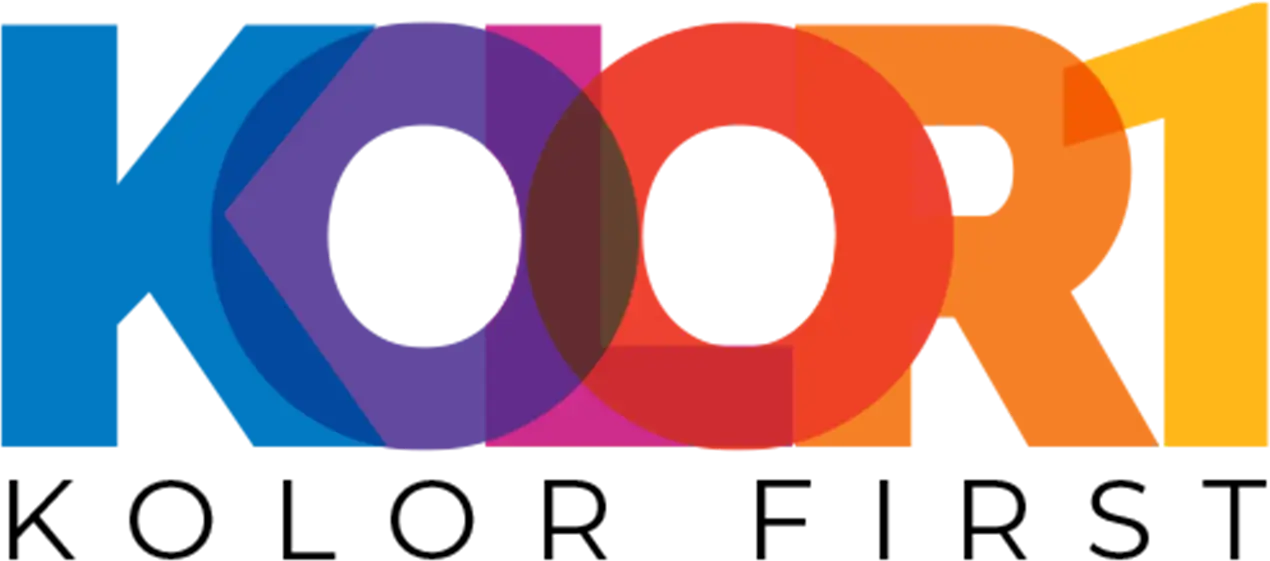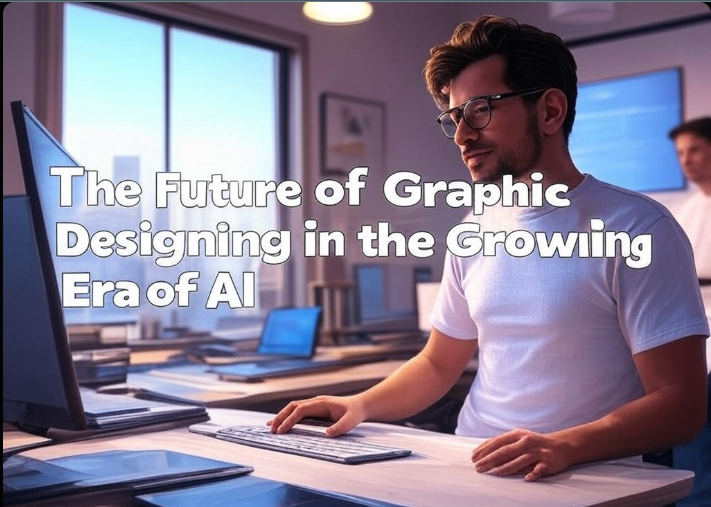With the increasing influence of artificial intelligence, also popularly called AI, the future of graphic design is growing fast. With the advancement of technology, the relationship between creativity and machine learning is bringing change to the field of design. With AI, designers have immense potential, it also raises questions on the role of human creativity and how it may adapt to this new technological landscape. In this blog, let us discuss the role of AI in graphic design, the opportunities it offers, the challenges that the designers may come across, and the future of graphic designers.
The rise of AI in graphic design
AI has already made significant developments in the field of graphic design. From generative art tools to AI-powered design assistants, machine learning algorithms are streamlining processes that once required extensive human intervention. In recent years, software like Adobe Sensei has used AI to automate tedious tasks such as image tagging, layout suggestions, and color correction. These AI tools help designers save time and focus on the creative aspects of their work.
AI-Driven tools for designers
AI has introduced several tools that have revolutionized the design process, improving efficiency and expanding creative possibilities.
- Automated design software
AI is capable of producing entire designs with very little input. Tools like Canva and Looka use artificial intelligence to create logos, social media graphics, and marketing materials. These platforms analyze data from thousands of designs to generate custom results tailored to the user’s preferences. For example, Canva’s AI suggests colors, fonts, and layouts based on user input, making it easier for non-designers to create professional-looking designs.
- Generative design
Generative design is one of the most exciting developments, which uses AI to create optimized designs based on certain parameters. This process is already being used in industries like architecture, industrial design, and even fashion. AI can generate multiple design variations based on constraints such as material, budget, or performance requirements, offering designers a wealth of new ideas and options.
- AI-enhanced image editing
AI-powered image editing tools, like Luminar AI use machine learning to improve images automatically. These tools can analyze a photo’s composition, lighting, and color, making adjustments that enhance the overall aesthetic. As AI continues to evolve, image editing will likely become even more sophisticated, with algorithms capable of making highly nuanced adjustments.
- Typography and font generation
Typography plays a crucial role in graphic design, and AI is making great strides in this area. AI tools like Fontjoy and DeepFont use machine learning to generate unique font styles based on existing fonts and user input. These AI-powered tools can suggest typefaces that match the overall mood or tone of a design, providing fresh ideas for designers.
The Role of AI in Enhancing Creativity
While AI has the potential to automate certain design tasks, it can also serve as a tool to enhance creativity. AI can analyze vast amounts of design data, helping designers spot trends, identify patterns, and generate ideas they may not have thought of themselves. In this sense, AI can act as a creative partner, providing inspiration and new perspectives.
For instance, designers can use AI to experiment with different design combinations quickly, testing out various color schemes, typography, and layouts to see what works best. AI-powered design assistants can also help designers refine their concepts, making suggestions for improvement and fine-tuning elements based on aesthetic principles.
Additionally, AI’s ability to handle repetitive tasks frees up more time for designers to focus on the artistic and conceptual elements of their work. By automating the technical aspects of design, AI allows designers to concentrate on storytelling, strategy, and emotion—components that require human intuition and empathy.
The Impact of AI on the Design Industry
- Democratization of design
AI tools make design more accessible to a wider audience. Non-designers can use AI-driven platforms to create professional-grade designs, without the need for a deep understanding of design principles. This democratization of design means that businesses of all sizes can use high-quality visuals, which could lead to more competition but also greater innovation.
- Job displacement and evolution
With AI taking over repetitive tasks, some fear that automation could lead to job displacement within the graphic design industry. However, AI is more likely to evolve the role of the designer rather than replace it entirely. Designers will still need to provide creative direction, manage projects, and make strategic decisions. As AI handles the technical work, designers may shift towards roles focused on collaboration, innovation, and high-level creative thinking.
- New career opportunities
The integration of AI into design also opens up new career opportunities. Designers will need to understand how to work with AI tools effectively and creatively. Additionally, AI-driven design requires a deeper understanding of machine learning algorithms, opening the door to a new class of designers with skills in both design and technology.
Challenges and Ethical Considerations
While AI offers many benefits, it also presents challenges and ethical concerns.
- Loss of human touch
One of the key concerns is the potential loss of the human touch in design. Graphic design is often about conveying emotion, storytelling, and connection—inherently human elements. AI, despite its capabilities, cannot fully replicate the intuition and empathy that a human designer brings to the table.
- Copyright and originality
As AI generates designs based on existing patterns, the question of originality and copyright becomes more complex. Who owns the design when an AI tool generates it based on pre-existing data? This is an area of legal and ethical debate that the design industry will need to address as AI becomes more prevalent.
- Bias in AI algorithms
AI is only as good as the data it is trained on. If the training data is biased or unrepresentative, it could lead to biased or flawed designs. For example, AI-generated designs could inadvertently perpetuate stereotypes or exclude certain cultural or demographic groups. Designers must be vigilant in using AI tools ethically and ensuring that the data used to train these systems is diverse and inclusive.
The Future of Graphic Design: A Symbiosis Between AI and Human Creatives
Looking ahead, the future of graphic design will likely be a collaboration between AI and human designers. AI will handle tasks like color selection, layout optimization, and pattern recognition, while human designers will continue to provide the creativity, emotion, and strategic thinking that machines cannot replicate. The key will be finding a balance between the efficiency and automation that AI offers and the irreplaceable human touch that makes design meaningful.
AI will also continue to push the boundaries of the design itself, enabling the creation of interactive, dynamic, and personalized designs in real-time. As designers and AI continue to work together, the possibilities for innovation are limitless.
Bottom line!
The future of graphic design in the growing era of AI holds tremendous promise. While AI tools are already transforming the industry, it is clear that they are not here to replace designers but to enhance their work. As AI continues to evolve, graphic designers will need to adapt and learn how to harness its power effectively. The ultimate challenge—and opportunity—lies in using AI to augment human creativity, allowing designers to push the boundaries of what is possible in visual communication. By embracing this symbiotic relationship, designers can thrive in an increasingly AI-driven world, crafting designs that are both innovative and deeply human.






